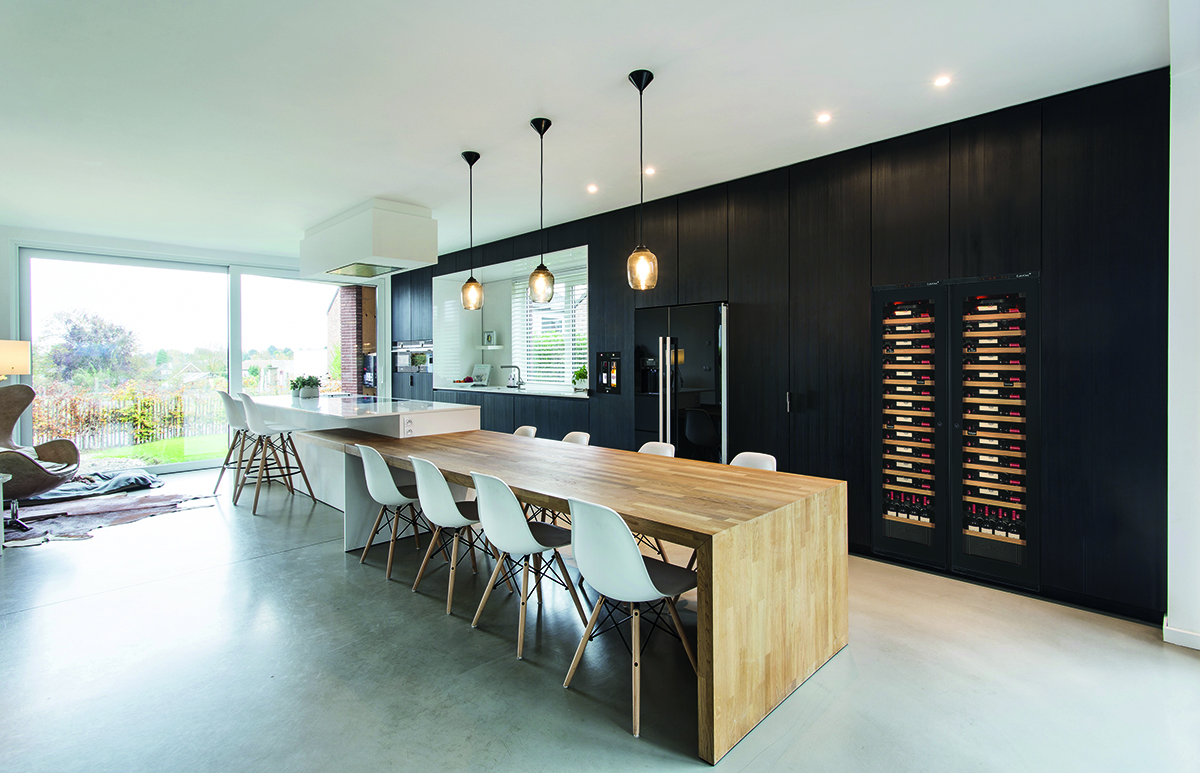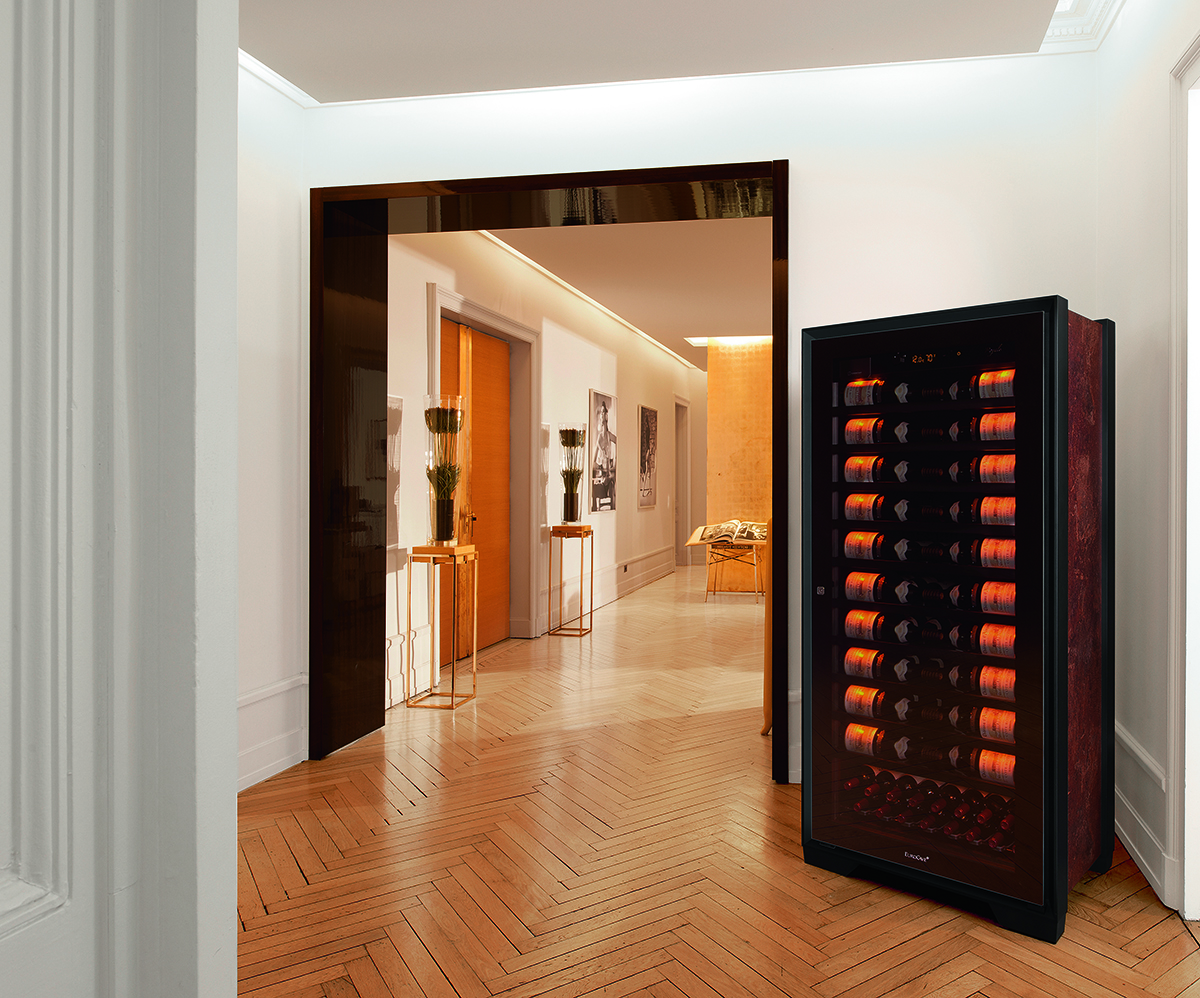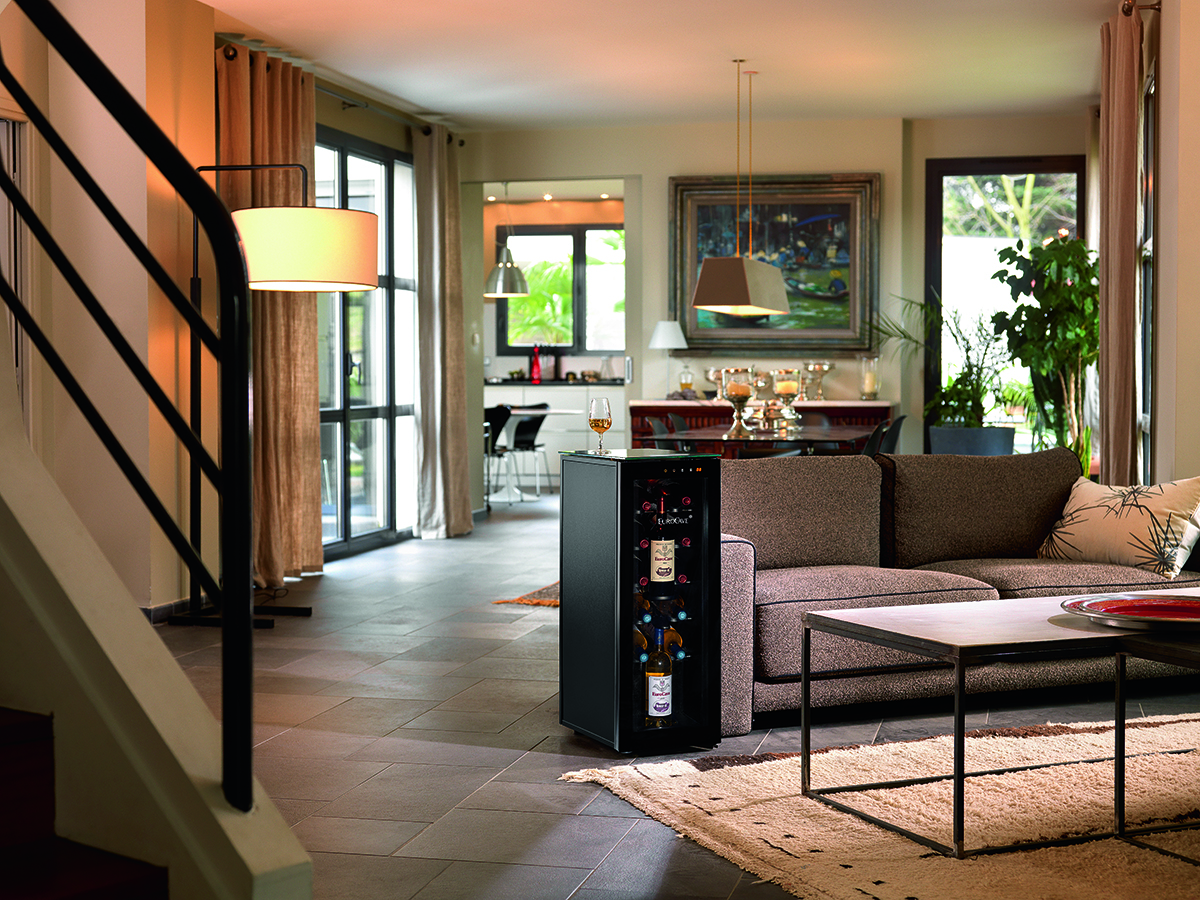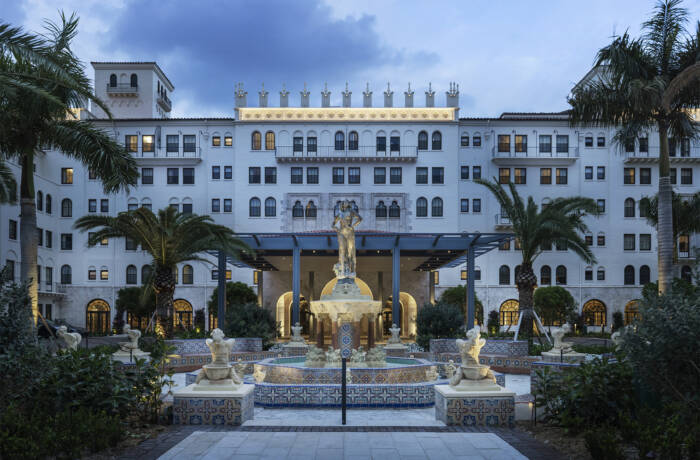
Eurocave’s wine storage cabinets can be built into kitchen interiors, such as this cabinet from the Inspiration range
LUX Editor-in-Chief Darius Sanai shares his experiences of storing and spoiling wine, and explains why Eurocave cabinets offer the optimum storage conditions
Wine is a subject that can engage a vast cast of humans in discussion, from friends wondering what to drink on their terrace in St Tropez next summer that won’t give them a headache, to full-on geek discussions about the grape picking dates in the grand cru vineyards of Gevrey-Chambertin in 2017, via speculation on which wines will be the next to jump in price and provide a payoff for speculators.
But storing wine? I can’t remember the last time I spoke to anyone outside the wine trade about that. You buy it, you store it somewhere not too hot until it’s ready, then you drink it. What’s there to discuss?
Follow LUX on Instagram: luxthemagazine
Quite a lot, as it happens, as how you store wine is an essential element not just of ownership, but of the point of the stuff, which is how much you enjoy drinking it. There is an old adage that there is no such thing as a great wine, just a great bottle of a wine, and much of the truth in this emanates from the extreme sensitivity of wine – any wine – to how it is stored. Wine is fermented fruit juice, and some of the finest wines contain minimal amounts of (natural) preservative, so rely almost entirely on a natural process to improve in the bottle, and also not to spoil, like any other foodstuff.
The first rule of buying wine – any wine, whether it’s a case of Domaine de la Romanee Conti, or a bottle over dinner – is provenance, which means being as sure as you can that it has been stored correctly to date. A single morning in a hot warehouse, or lying on a wharf in direct sunlight on an August day in the Mediterranean, is enough to ruin a wine, permanently. Sometimes there may be telltale signs, like the cork pushing out through the capsule, or rivers of dried wine, escaped from the bottle when the liquid expanded as it heated. Often, though, there are no signs, which means you need to trust your consignor, or know you are taking a gamble with your money.
Read more: Why responsible travel means authenticity
If provenance is what has happened to a wine until you lay hands on it, storage is what happens to a wine after you buy it. If you happen to live in a country pile with a deep, windowless cellar, or have a professional cellar in your house – congratulations, there’s no need to read on. (But even you have a proper cellar in your main home, you may not have one in every place in which you serve wine.) If not, and you plan on keeping any wine or champagne in your house more than 24 hours, ask yourself if you would store any other perishable foodstuff in a rack by your oven, in a spare room, or in a garage.

Eurocave’s Royale cabinet can store up 122 traditional Bordeaux bottles or up to 50 magnums
My own enlightenment on wine storage came after many years, and many false starts, and thousands of pounds’ worth of spoiled wines, after trying almost every alternative to spending money on the highest quality storage cabinets for wine. Here’s what happened to me and why (actually, I present those two in reverse order for reasons I hope will become evident) – hopefully this will allow you to travel a smoother route to enjoying your wines as they were made to be enjoyed:
1. Heat kills wine.
And so does direct sunlight. Once, I took up a friend’s offer to store my wine collection in his country house basement. What could possibly go wrong in damp, cool England? I was horrified to discover, on paying a social call, that the dark, damp basement I had deposited the wines in during January became a bright, hot basement in July, as its high-level windows caught the summer sun and created a greenhouse effect. The result was a lot of French wine vinegar.
2. Even if it’s dark and never hot, temperature variation kills wine.
After the country house episode, I bit the bullet and bought some wine cabinets. Declining to buy expensive “restaurant” type cabinets, I purchased small, attractive and cheap wine cabinets from a fashionable homeware store. Six months later, every bottle I opened from these cabinets was nasty. Extensive investigation revealed that these cabinets only imposed a temperature ceiling, through cooling – they had no heat facility. They were placed next to a draughty French window at home, which, in winter, when winds came from the east, let in icy air. When the wind changed, the area of the house was the same temperature as the rest of home. A 15 degree variation, often in a single day. More vinegar. (Cold conditions by themselves can also damage wine, as the liquid contracts and the resulting vacuum can suck in oxidising air).
Read more: How Hong Kong’s M+ museum will transform Asia’s art scene
3. Sunlight kills wine.
Extensive laboratory testing has proven that even a few minutes of direct sunlight can irrevocably damage a wine. That few minutes can be the sun shining onto your meticulously installed home shelving for half an hour a day during a certain month, while you’re at work and unaware. This resulted in some very rank champagnes.
Finally, a few years ago, having spent years making significant investments in wine, only to see a fair amount of that destroyed by the above, I made an investment that changed my wine life. I bought the best specification wine cabinets I could find, and since have housed every bottle I own in them. Eurocave make the fridge-sized cabinets you see in restaurants and hotels.

The Eurocave Tête à Tête wine cabinet stores up to 12 bottles
Eurocave cabinets work because:
a) unlike many other species of wine cabinet, they are made to both cool and warm the air inside them, allowing a constant temperature no matter what happens outside (mine are in a garage) – this is enormously important, per point 2 above, and buying a wine cabinet which can’t do this is like buying a chocolate teapot.
b) they are extremely well insulated. This means that the effect of any outside temperature variations, or a power cut, is minimised. A lot of wine cabinets have a metal wall between inside and outside – metal is an excellent thermal conductor, meaning it is a terrible insulator.
c) they have either solid or UV-tinted doors, meaning no spoilage due to light is possible.
Within the range, there is an enormous amount of choice in terms of size, capacity and function – you can have sliding shelves for individual bottles, or fixed shelves for piles of bottles of cases. They aren’t cheap, but nor are the wines I store in them. So until you buy the country pile, or install a full cellar room (Eurocave do those) in your house, buy one. Your wines, and your future self, will thank you.
Find out more: eurocave.co.uk








